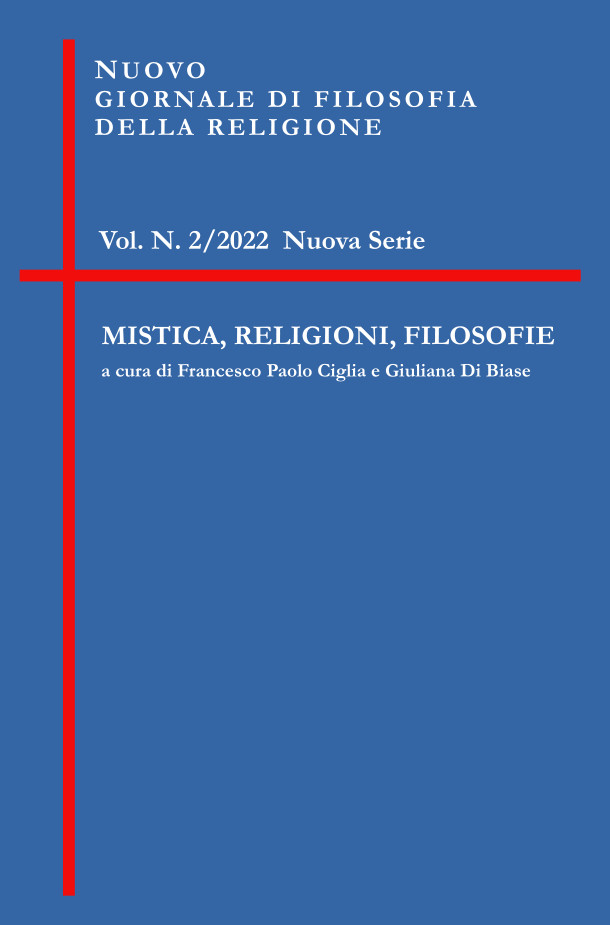Abstract
Les descriptions que sainte Thérèse d’Avila donna de l’expérience du ravissement doivent être comprises phénoménologiquement à l’intérieur de sa tentative pour atteindre la plus grande exactitude et fidélité dans la restitution de l’expérience spirituelle. Quel est l’apparaître propre à l’esprit ? Les relations extrêmement précises du Livre de la vie et du Château intérieur appartiennent à la tradition paulinienne fondée en II Co 12, 2-4. Elles représentent le ravissement en tant que transport devant la Majesté de Dieu et détachement qui inaugure la liberté dans sa plénitude.
The descriptions by saint Teresa of Jesus of her ravishments can be understood in a phenomenological way as an attempt to reach exactness and fidelity in the restitution of spiritual experience. How does spirit appear? The extremely precise descriptions of the Book of Life and of The Interior Castle belong to the Pauline tradition of II Co 12, 2-4. All of them represent the ravishment as transport in front of the Majesty of God and detachment by which freedom begins in its plenitude.
Copyright and licensing: The journal supports the principles contained in the Berlin Declaration on Open Access to scientific literature (2003), reiterated in the Italian CRUI Guidelines on Open Access journals. Copyright Notice: papers made open to the public are published under the CC BY--4.0 license.
Archiving : This journal uses the LOCKSS system to create an archiving system, which is distributed between participating libraries and enables them to search through the permanent archives of the journal for the purposes of conservation and restoration. All journal data and publications are also saved and stored directly on the platform

